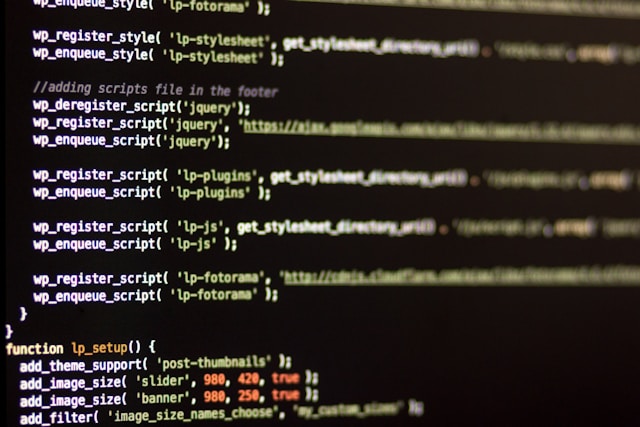In the labyrinthine realm of software development, the selection of an appropriate programming language is a matter of considerable significance. The intricate decision-making process hinges upon myriad factors, each contributing to the overall efficacy and efficiency of the project. This treatise endeavors to elucidate the art and science of choosing a programming language, tailored to the specific goals and exigencies of a given project.
Defining the Project Paradigm
The initial step in this labyrinthine journey is to delineate the project paradigm with precision. Different projects, whether they are web applications, mobile apps, or data-intensive systems, necessitate distinct programming languages suited to their specific requirements. For instance, if the project in question is a high-performance gaming application, languages such as C++ or Rust, known for their exceptional execution speed and memory management capabilities, might be paramount. Conversely, for a web-centric project, languages like JavaScript or Python, with their rich ecosystems and robust frameworks, could be more advantageous.
Evaluating Performance Metrics
Performance is an indispensable criterion in the selection process. Languages exhibit varying degrees of efficiency and speed, influenced by their underlying architectures and execution models. In scenarios where performance is non-negotiable, such as real-time systems or applications demanding intensive computational prowess, languages like C++ and Java are often preferred. These languages offer a fine balance between control and speed, enabling developers to optimize their code to the minutest detail. On the other hand, languages like Python, while renowned for their readability and ease of use, may not always meet the stringent performance benchmarks required for high-frequency trading systems or large-scale simulations.
Considering Ecosystem and Libraries
A programming language’s ecosystem and the availability of libraries can significantly impact development efficiency. An extensive library ecosystem can streamline development processes by providing pre-built solutions to common problems. For instance, Python’s extensive array of libraries and frameworks, such as Django for web development and TensorFlow for machine learning, can accelerate project timelines and reduce the necessity for custom implementations. Conversely, languages with a more limited set of libraries may require developers to write more code from scratch, potentially elongating the development cycle and increasing the likelihood of errors.
Assessing Development Speed and Learning Curve
The velocity of development and the learning curve associated with a programming language are also pivotal considerations. Languages like Python and Ruby are lauded for their intuitive syntax and readability, which can significantly expedite the development process and facilitate rapid prototyping. Such languages are particularly advantageous in projects where time-to-market is crucial, and the ease of code comprehension can lead to fewer bugs and swifter iterations. In contrast, languages with steeper learning curves, such as C++ or Haskell, may require a more prolonged acclimatization period but can offer superior control and efficiency in the long run.
Evaluating Community Support and Documentation
A vibrant community and comprehensive documentation are invaluable assets in the programming landscape. They provide a repository of knowledge and resources that can be crucial when navigating complex challenges or seeking guidance. Languages with robust communities, such as JavaScript and Python, benefit from a wealth of tutorials, forums, and third-party tools that can assist developers in overcoming obstacles and refining their skills. Conversely, languages with smaller communities may present fewer resources and a steeper path to acquiring support and knowledge.
Alignment with Project Goals
Ultimately, the selection of a programming language must align with the overarching goals and requirements of the project. The language chosen should not only fulfill the technical specifications but also harmonize with the project’s long-term vision and objectives. Whether the aim is to develop a scalable enterprise application, a cutting-edge mobile app, or a groundbreaking scientific research tool, the chosen language must complement the project’s unique demands and constraints.
In conclusion, the selection of a programming language is a multifaceted decision that requires careful consideration of performance, ecosystem, development speed, community support, and alignment with project goals. By meticulously evaluating these factors, developers can make an informed choice that not only meets the immediate needs of the project but also supports its long-term success and sustainability.

